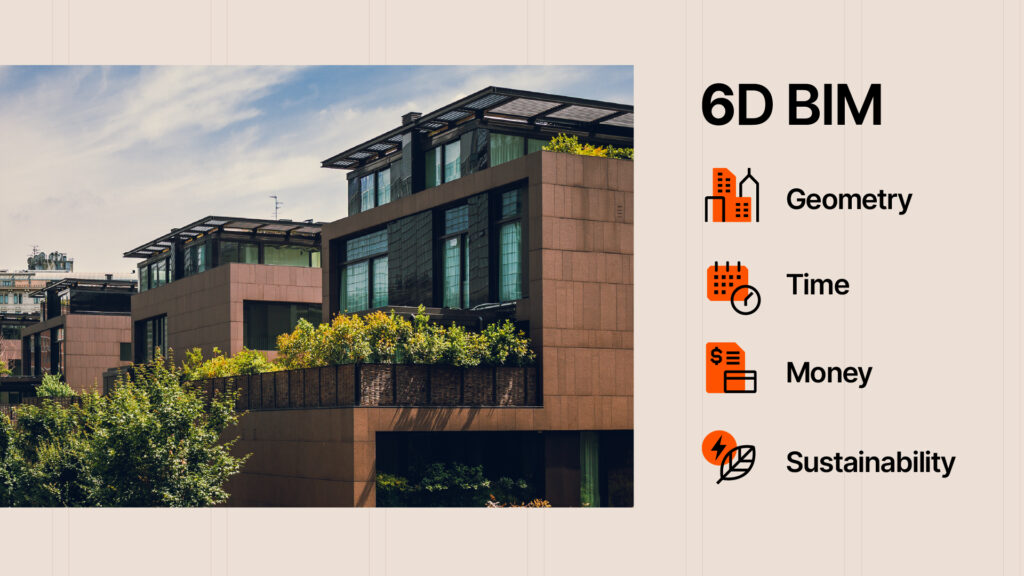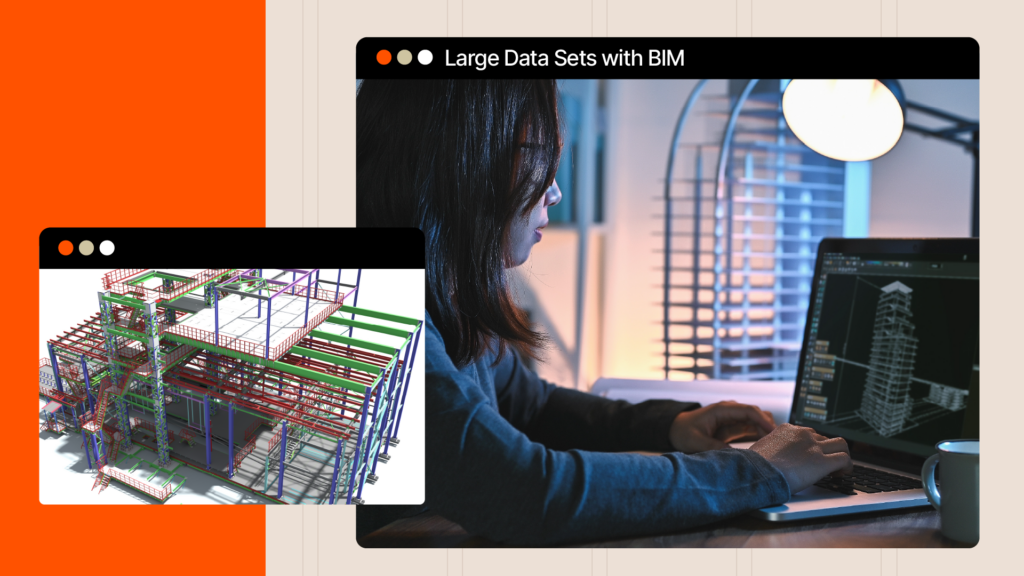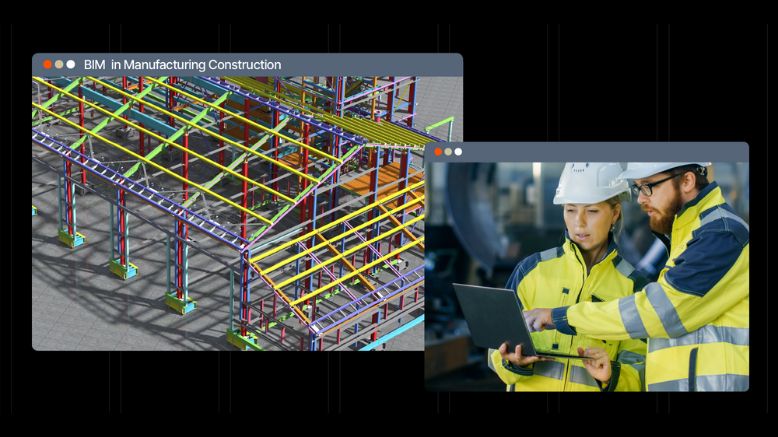— 5 min read
Ask Me Anything: 4D BIM in Practice with Benjamin Peek
Last Updated Apr 2, 2025
Last Updated Apr 2, 2025

Benjamin Peek is the Director of Virtual Design & Construction at Gilbane Building Company, where he leads VDC teams across Massachusetts, Rhode Island and Connecticut. A recognized expert in 4D BIM, Benjamin transforms traditional construction schedules into visual, data-driven tools that enhance planning and collaboration.
In this interview, Ben discusses the practical side of 4D BIM, breaking down what it really means — animating construction schedules to provide a clearer, more intuitive project timeline. He explores why 4D BIM is gaining traction, from improving team coordination to meeting increasing client demands for transparency. He also walks through the 4D BIM process, including how teams identify key project phases, segment models and link them to schedules for real-time visualization.
Can you give us a quick definition of what 4D BIM is?
In simplistic terms — because I like to talk about things in the most practical, less technological way — it's animating a construction schedule. Giving it some life and being able to look at it from a different perspective that has more visuals than just the run-of-the-mill Excel or P6 schedule viewpoint. That’s what it means for me: just a visual schedule.
Could you walk us through the 4D BIM building process?
We start with a schedule. A lot of times we'll approach it from a proposal stage or the early stages of construction. Then we decide what we are going to actually animate. Would we ever animate an entire schedule from shovel in the ground to the last detail of the tile? Unlikely. We are looking for big moments in the construction schedule that have impactful phases.
A typical one that we look at is steel structure sequencing. We're analyzing a segment or a fragment of that overall schedule and understanding how it's all going to go together from a steel detailing perspective. As we're analyzing that schedule and picking up the milestones, we are preparing the model.
[During this process] you're dissecting components of an overall BIM. Most of the time, it's by area. We're carving out or sectioning out specific model elements that are associated with, let's say, area A, and then area B and then area C. Maybe it's a separate model or it's just tagged out in the model, so we can filter through it at a later date, and then once we've done that, we are associating line items in the construction schedule to those model elements, or those segmented elements.
Once we identify what those areas are and allocate those to the specific line items, they're able to be visually be turned on or turned off as we go through the schedule timeline.
What are the primary motivations for you and your team to adopt this form of scheduling?
There's a desire on our part to do this from a better process. It's easier for people to understand across the board, from client to architect to construction manager to subcontractors. It's a universal tool that we can all get around to better understand the schedule, better buy into schedule components, and what we need to do as a team.
However, I would say the driving factor of why we're doing this more and more now, not just best practice, is ownership is wanting this. Our clients want this. The part about the monthly updates is coming straight from ownership. These are the types of things that they're asking for. Part of your monthly report shows us the snippet of where we're at in the 4D schedule. That could be part of the owner's requirements, and we're seeing it more and more. It's giving us better products to our clients, but also, driving us to think about construction more smartly.
What are some challenges you’ve seen trying to adopt 4D BIM?
A challenge is collaboration. If you're not collaborating, it could be a challenge, and it doesn't work right. I don't think it's as bad anymore, but it is still a challenge.
Some technical challenges are that very few people are in a traditional scheduling role that could just jump right into 4D scheduling without having some support. That still remains a hurdle. It's less so than when I started 10 years ago doing this stuff, it's getting better, but it still requires heavy expertise or model engagement to curate what you're trying to get at.
What project types benefit most from 4D BIM?
Any complex project that has phases benefits from 4D scheduling. Even the most common product — a ground-up school or a residential building — that is pretty straightforward, we still find value in it. It's another way of looking at the project that may help you reveal risk factors.
We find that it helps build schedules out in a refined and strategic way. If you're doing it early on, you're certainly catching things much earlier. You don't have to pay for it later on when it happens on-site.
Have you seen 4D scheduling have any impact on safety?
Yes, and I would say it’s less about the 4D animation...it’s all related. They want to look at risks before they happen. That’s the name of safety. What we’re trying to do is look at a model environment with them so they can understand if there’s potential hazards at a certain time and place.
For example, in a steel sequence, we’ll look at it together. I can go through and understand where they need to have tie offs or where they need to have railings.
While we’re not doing it a lot here at Gilbane right now, there’s certainly potential for it to get ahead of things. It has incredible potential and I think it’s becoming more and more desired by people in safety.
Stay updated on what’s happening in construction.
Subscribe to Blueprint, Procore’s free construction newsletter, to get content from industry experts delivered straight to your inbox.

Was this article helpful?
Thank you for your submission.
0%
0%
You voted that this article was . Was this a mistake? If so, change your vote here.
Scroll less, learn more about construction.
Subscribe to The Blueprint, Procore’s construction newsletter, to get content from industry experts delivered straight to your inbox.
By clicking this button, you agree to our Privacy Notice and Terms of Service.
Categories:
Tags:
Written by
Benjamin Peek
Benjamin Peek is the Director of Virtual Design & Construction for Gilbane Building Co. Benjamin is a people-leader driving transformation through the collaborative strength of high performing individuals, diversity of thoughts and inclusive practices. Benjamin currently leads a department of individuals across Massachusetts, Rhode Island, and Connecticut business units serving all projects needing Virtual Design & Construction services from preconstruction through construction.
View profileElise Girdwood
View profileKacie Goff
54 articles
Kacie Goff is a construction writer who grew up in a construction family — her dad owned a concrete company. Over the last decade, she’s blended that experience with her writing expertise to create content for the Construction Progress Coalition, Newsweek, CNET, and others. She founded and runs her own agency, Jot Content, from her home in Ventura, California.
View profileExplore more helpful resources

The Role of BIM in Sustainable Construction
Building information modeling (BIM) is transforming the architecture, engineering, and construction (AEC) industry. With this kind of sophisticated modeling, the industry has shifted from designing in 2D to 3D. This helps...

Building and Using Large Data Sets with BIM
In recent years, two technological concepts have exploded, almost in parallel: One, called building information modeling (BIM), makes it possible for stakeholders to “build” construction projects in a 3D virtual...

Exploring BIM’s Potential in Manufacturing Construction
As building information modeling (BIM) improves, project owners can build more sophisticated facilities faster. And as consumers increasingly demand what they want delivered to them faster, brands need smarter manufacturing...

How BIM Enhances Control and Efficiency for Project Owners
Any construction project has a number of stakeholders. With a traditional project delivery method, it moves from designers and engineers in the architectural design process, to the general contractor and...